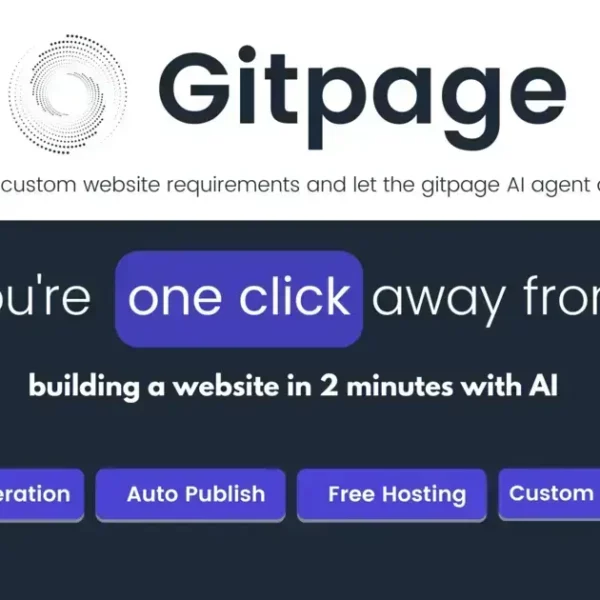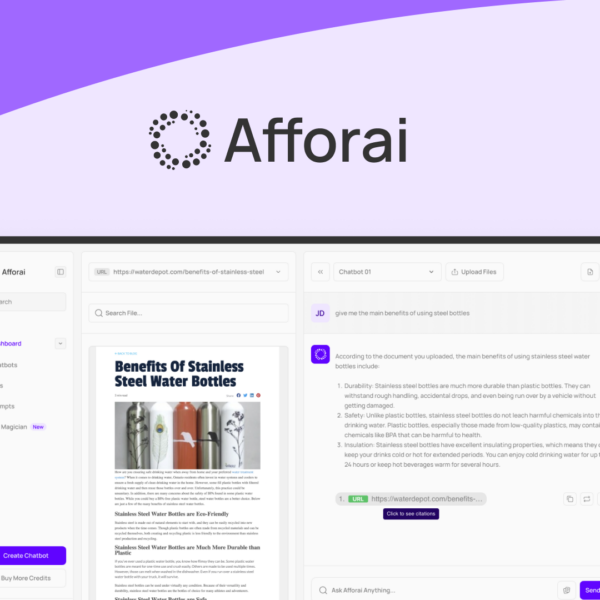HR workflows are key to transforming disorganized HR processes into streamlined operations. Curious how they can enhance your team’s efficiency? Dive in!
Structuring HR workflows is important for any organization that wants to improve its efficiency. A well-defined process helps in completing tasks on time. It can also reduce errors that often happen in HR tasks.
What Are HR Workflows?
HR workflows are the series of steps involved in HR processes. These can include hiring, onboarding, training, and employee management. By outlining these steps clearly, teams can work better together.
Key Benefits of Structured HR Workflows
Having structured workflows in HR can lead to many benefits. For one, it saves time. When everyone knows what to do and when to do it, tasks get done faster. Also, it enhances communication among team members, leading to a more harmonious workplace.
How To Create Effective HR Workflows
To create effective HR workflows, start by mapping out each process in detail. Identify the specific steps needed for each task. Make sure to include who is responsible for each step, to avoid confusion later.
Continuous Improvement
After setting up your HR workflows, it’s crucial to keep reviewing them. Changes in the workplace can affect how workflows operate. Regular feedback from HR staff can help make necessary adjustments.
In conclusion, structuring HR workflows plays a vital role in boosting an organization’s efficiency. By having clear processes, teams can work smarter, not harder.




